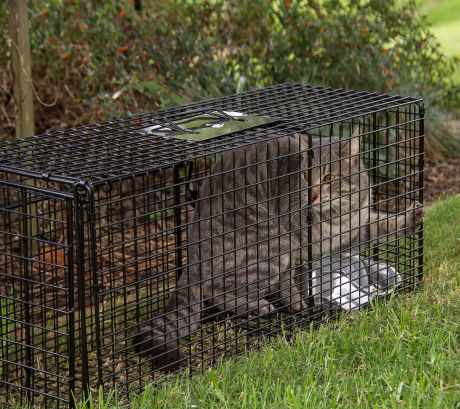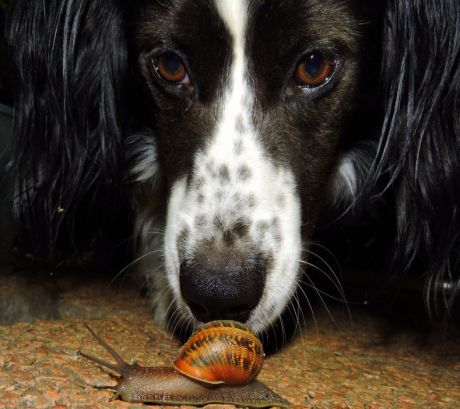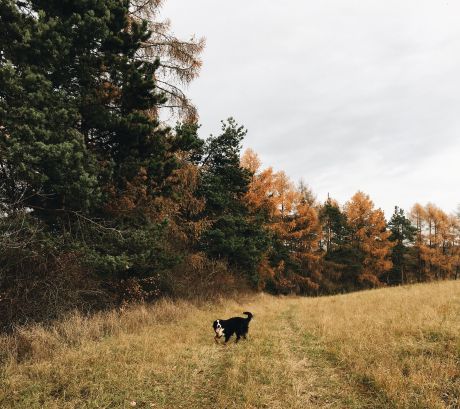
Micro-chipping is Not Perfect!
Micro-chipping is Not Perfect!
It’s hard not to be a big fan of technology, especially how it can be used to make things easier in our lives. Micro-chipping, for example, has improved the way people find their lost pets by leaps and bounds. It’s now a Standard Operating Procedure, when acquiring a new pet from any number of sources, that a tiny microchip is implanted in the skin of your new pet that’s a permanent, bio-compatible, and non-degenerating identification of the animal.
A recent study showed that lost micro-chipped cats had a return-to-owner rate that’s 20 TIMES higher than if the cat was not micro-chipped at all. And cats that aren’t micro-chipped? Well, only 2% of those ever make it home. In other words, ID collars are great, but only a microchip provides permanent ID that cannot fall off, be removed, or become impossible to read.
So is there anything that could go wrong? Possibly. Most cats that end up at shelters are typically scanned (using a microchip scanner that’s passed over the pet which transmits its microchip’s ID number) for identification. This is a simple way to quickly reunite cats with owners and is typically quite successful.
There have been documented instances when micro-chipped cats were not scanned at shelters at all. How could this happen? Shelters are busy places often with a lot of employee turnover. As new workers begin and others end and new shifts begin and others end, a lot of “holes in the process” open up in which a cat might not get scanned. Shelters do the best they can but aren’t perfect.
The point is that microchips are excellent and every responsible pet owner should be using them. As with any useful technology, you should be using chips as a support tool rather than a be-all and end-all means for retrieving your pet. If you lose your cat, for example, don’t assume that someone is going to find it for you or that someone will scan it at all. Continue to do your due diligence and make your several-times-a-week trips to the shelter and look in all the rooms. Chances are your micro-chipped cat will be there waiting for you!












